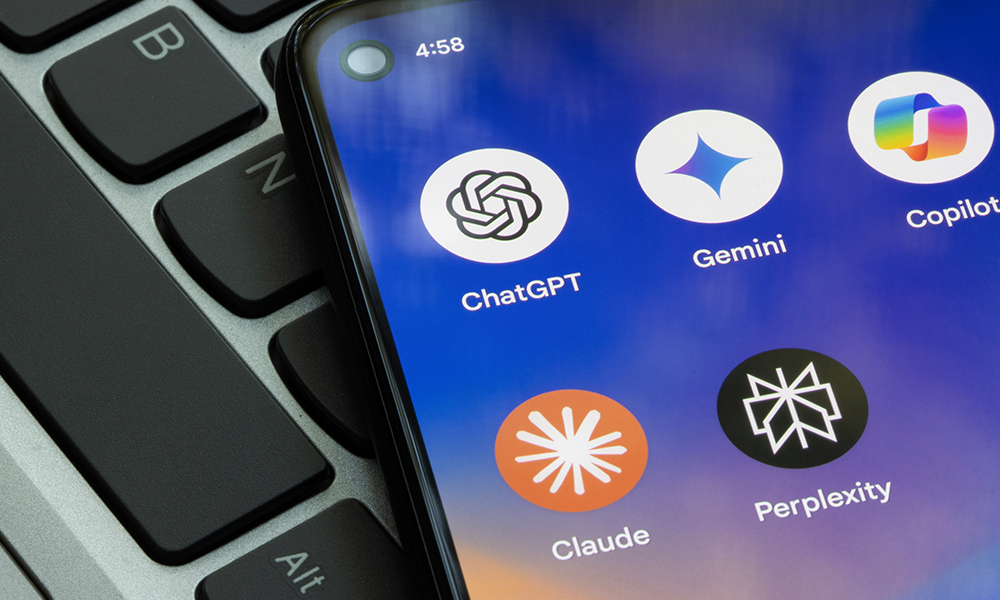How AI Is Empowering Nonprofits to Do More in 2025
Artificial intelligence may have started as a buzzword, but in 2025, it has become an indispensable ally for nonprofits navigating complex challenges with limited resources. As technology continues to evolve, so does the nonprofit sector's capacity to meet rising demand, forge deeper donor relationships, and measure impact with clarity. The result? More mission-driven work, less administrative burden, and a stronger connection between organizations and the communities they serve.
One of the most exciting developments this year is the use of AI-powered donor analytics. One study among nonprofits recently found that AI can significantly increase net donations. By predicting donor giving patterns and identifying untapped or lapsed segments, nonprofits are achieving more efficient and targeted fundraising. For organizations struggling to retain new donors, a retention rate that has dipped below 20% according to Giving Tuesday, these tools offer a welcome boost.
But AI's benefits go far beyond the donation page. Agentic AI, a newer class of technology that acts more autonomously while remaining under human supervision, is helping nonprofits tackle some of their biggest bottlenecks. For example, AI can scan thousands of funding databases to identify grants that align with a nonprofit's mission, freeing up staff time for relationship-building and storytelling. AI tools are helping to transform fundraising tasks, like grant writing, from a tedious task into a manageable, even strategic, process.
AI also excels at helping nonprofits communicate their impact more effectively. By parsing through reports, surveys, and qualitative data, AI can surface key insights that help organizations demonstrate their value to funders and communities alike. This clarity builds trust—a vital ingredient, as 75% of donors seek concrete evidence before contributing.
Then there's donor stewardship. AI can help clean and connect disparate data sources, uncovering patterns that would otherwise go unnoticed. This not only reduces errors and redundancies but enables hyper-personalized outreach. Whether it’s sending a tailored thank-you note within 24 hours of a gift or flagging when a lapsed donor is likely to return, AI ensures no opportunity slips through the cracks.
Timing also matters. With AI-powered insights, fundraisers can optimize when and how to reach out to donors. From identifying the best day to send an email to crafting the right message tone for different segments, these technologies blend science and storytelling to elevate engagement.
In 2025, AI is no longer a distant promise. It’s a practical tool helping nonprofits build stronger relationships, scale their impact, and navigate uncertainty with confidence. And at the heart of it all remains what matters most: people. AI may be powering new possibilities, but it’s still human connection that drives lasting change.

